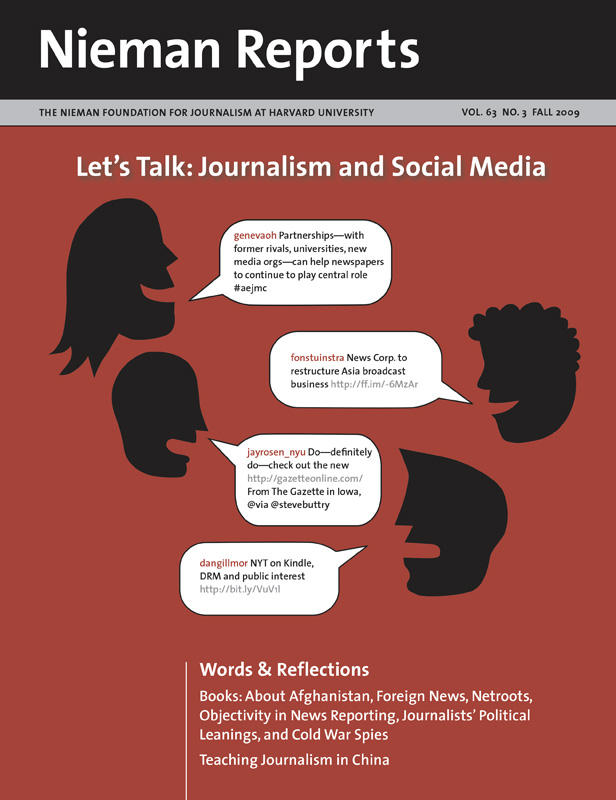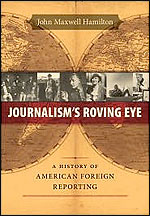America’s tradition of foreign affairs reporting is on full display in John Maxwell Hamilton’s “Journalism’s Roving Eye: A History of American Foreign Reporting,” published by Louisiana State University Press.
“Since the first days of colonial newspapering, when printers hustled down to the wharfs to collect mail and European periodicals from incoming ships, the processes of gathering foreign news have been a work in progress, although not every step has been a step forward,” Hamilton writes in the book’s introduction. To that end, he details both the successes and the failures of the foreign press, as technological, ideological and other impairments got between them and the story.
Particular attention is paid to the evolution of war correspondents through time, from the battles and wars of the nation’s earliest days on through the multimedia blitzkrieg of the wars in Iraq and Afghanistan. Hamilton peppers his work with anecdotes from the diverse cast of characters who inhabited the various eras of foreign coverage, demonstrating their techniques and hindrances.
“In this evolution troubling mutations appeared,” Hamilton writes. “Richard Harding Davis, whose talent for reporting and flair for self-promotion solidified the image of the knowledgeable, swashbuckling correspondent during the Spanish-American War, morphed into Fox News’s buffoonish Geraldo Rivera, who covered the post-9/11 U.S. invasion of Afghanistan toting pearl-handled pistols and looking for any opportunity to appear macho on camera.”
As much as the book deals with the history of foreign correspondence, it is also aimed at educating the next generation of globetrotting scribes. While not configured as a step-by-step, how-to guide, the book uses the trials of the past to illuminate the many scenarios that can plague the future.
“Since the first days of colonial newspapering, when printers hustled down to the wharfs to collect mail and European periodicals from incoming ships, the processes of gathering foreign news have been a work in progress, although not every step has been a step forward,” Hamilton writes in the book’s introduction. To that end, he details both the successes and the failures of the foreign press, as technological, ideological and other impairments got between them and the story.
Particular attention is paid to the evolution of war correspondents through time, from the battles and wars of the nation’s earliest days on through the multimedia blitzkrieg of the wars in Iraq and Afghanistan. Hamilton peppers his work with anecdotes from the diverse cast of characters who inhabited the various eras of foreign coverage, demonstrating their techniques and hindrances.
“In this evolution troubling mutations appeared,” Hamilton writes. “Richard Harding Davis, whose talent for reporting and flair for self-promotion solidified the image of the knowledgeable, swashbuckling correspondent during the Spanish-American War, morphed into Fox News’s buffoonish Geraldo Rivera, who covered the post-9/11 U.S. invasion of Afghanistan toting pearl-handled pistols and looking for any opportunity to appear macho on camera.”
As much as the book deals with the history of foreign correspondence, it is also aimed at educating the next generation of globetrotting scribes. While not configured as a step-by-step, how-to guide, the book uses the trials of the past to illuminate the many scenarios that can plague the future.




